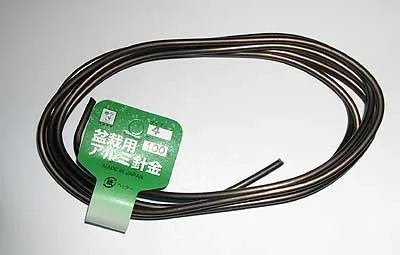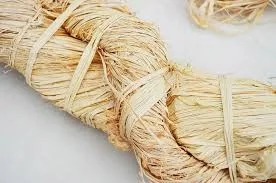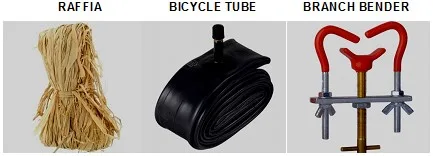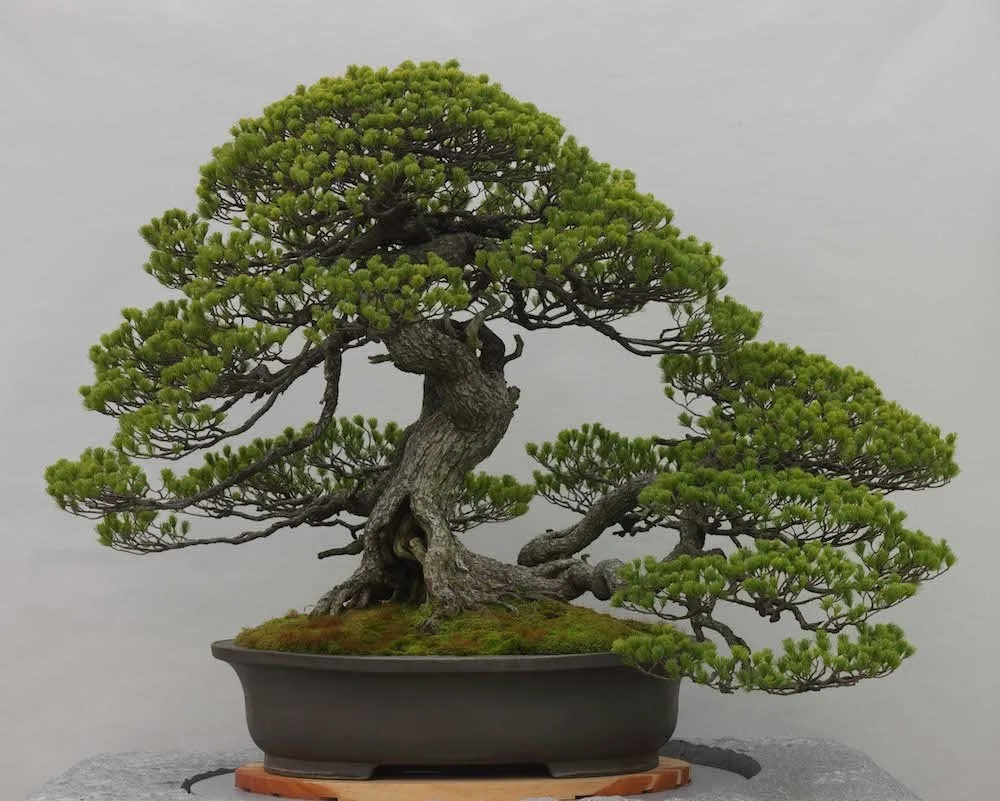If you want to engage yourself into bonsai – seeing it as an interesting hobby, you have to see to it that you equip yourself with the right set of tools. A newbie can advance by only securing a shear and concave cutter; however, you must understand that the more command you like to achieve the more tools for bonsai shall be required.
As you shape your bonsai, there can be conditions where you may like to bend the branches in a particular method. In order to execute this, you will have to buy a bending tool for your bonsai.
Bonsai Bending Tools
There will be a period to when you will need wires and other bending tools. At this point, you must know that this can be an acutely delicate task, particularly when it tackles on bending the branches since breaking them can be seriously dangerous. By using the right tools, you are able to lower this potential hazard.
Check out this video:
Bonsai wire – Wires to be used can come in different width and are utilized to bend the branches in order for them to shape. There are two kinds of wire to choose from – copper and aluminum.
Copper wire is suggested to be used for branches that are thicker which effuse higher resistance if bending. Aluminum wire, on the other hand, is a lot simpler to use and is ideal for slim branches that do not effuse higher resistance.

Image Credit: Kaizen Bonsai
Wire cutters and pliers – You will be needing wire cutters and pliers if working with the wire since they require cutting and twisting.
Wiring is a highly applicable method that quickens the progress of a bonsai. The consideration of wiring bonsai is choosing an appropriate gauge wire and bundling it all over the branches. This allows us to bend and change the placement of the branch to where we want to position it and that is amicable to the tree.
Wet raffia – This tool must be firmly enclosed all over the branch prior to bending it through the use of a wire. This lessens the hazard of breaking the bark or flaking. Further, raffia also works to assist any cracks that are probably to exist during the method of bending.

Image Credit: Kaizen Bonsai
If massive bending is being executed on branches, safety measures should be implemented to avoid the wood from being injured as well as the bark from rupturing and also to guarantee that trivial cracks heal without having the hazard of making the branch die.
The most usual approach of shielding the tree is to bind raffia which has been tightly soaked in the water surrounding the portion that has to be bent over that the wire has wounded.
Bicycle tube – This tool is suited for bending branches. It used as you bend weighty branches and its applications are the same to raffia.
Branch bender – This tool is designed for bending branch or trunk. If the two external legs are enthralling the branch, the center leg gradually elongates (through being turned through a screw-thread) branch bending. Branch benders are available in different sizes and shapes.
Branch splitters – This tool is applied for splitting weighty bonsai branches together with the length dimension of the branch, in two or even more layers, turning the branch more flexible and therefore more manageable to reposition.
Further, it is a helpful tool for peripheral creation and may be utilized in getting by huge portions of wood, that is got off with proper care may leave an extremely enticing unrefined tear appearance.

Image Credit: Quora
Securing the right tools must also be accompanied with proper care and maintenance. Otherwise, your tools will not last long.
Check out this video:
Do’s:
- Clean the tools the moment you are done using them. The traditional action is very usual, however, it does not go that an instant wipe-down can be very helpful. Absorption for some minutes will be needed in order to make it really helpful. You may consider dipping them in certain bleach as it can be more powerful when we talk about disinfecting.
- Wipe the tools with a small amount of petroleum jelly or light oil. This can obstruct the moisture that is penetrating the metal, highly lowering the probability of rust.
- Have the tools sharpen regularly.
Don’ts
- Do not use excessive pressure on your tools. Even though it is granted that the tools are solid, they can still bend and be carried out useless.
Use the following items in maintaining your tools:
- Tool sharpening oilstones – This is used to sharpen your bending tools; otherwise you might end up creating more destruction rather than good.
- Turntables – This is vital in assisting you with your bending job. If you can look one that has a brake to make the head stop from turning if you do not like it to turn, the better.
- Camellia oil – This is a helpful tool that should be available in your storage area.
Getting the appropriate tools are vital when talk about bending bonsai branches. If you use an inappropriate tool to carry out the task, the chance of injuring the tree is high and you might also damage the tool itself. Also, using inappropriate tools may also hinder you from getting your target outputs.
If you cannot afford to invest in expensive tools, then make use of affordable DIY tools. However, you have to be certain that these affordable DIY tools are in good condition. Remember that tools in substandard grade are likely to be burdensome in terms of weight for bonsai experts. They are also likely to rot, bend, and break quickly.


